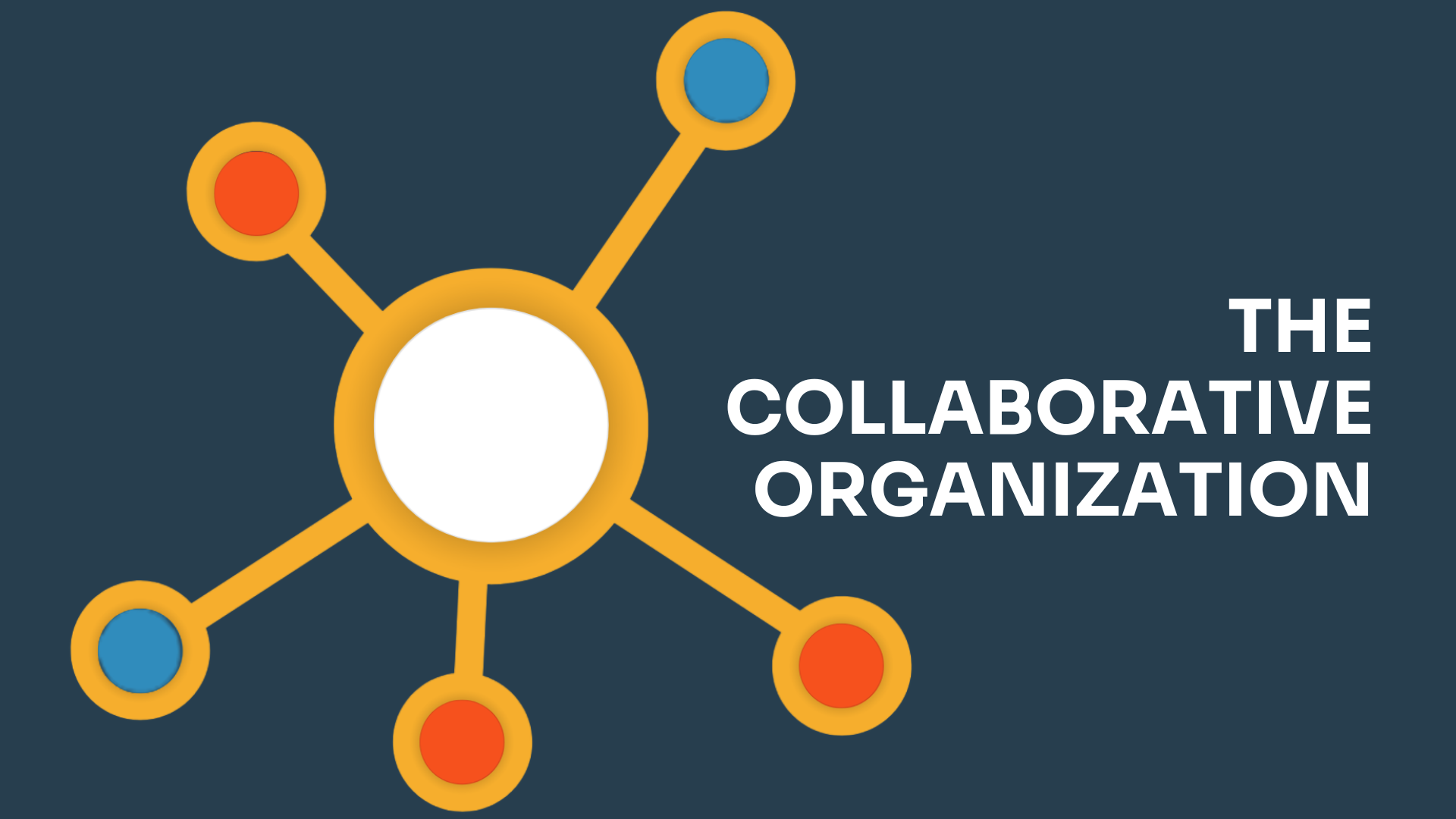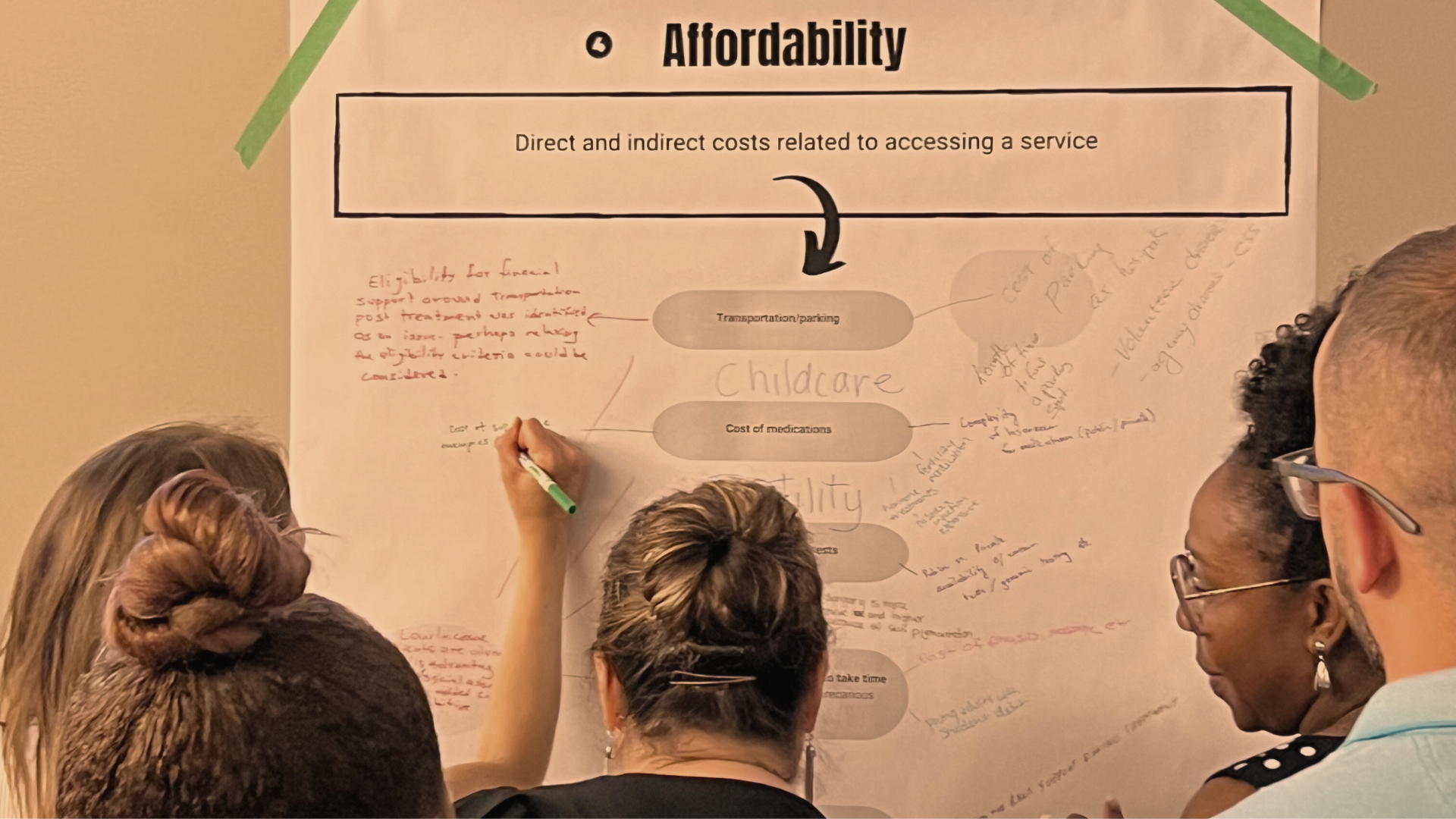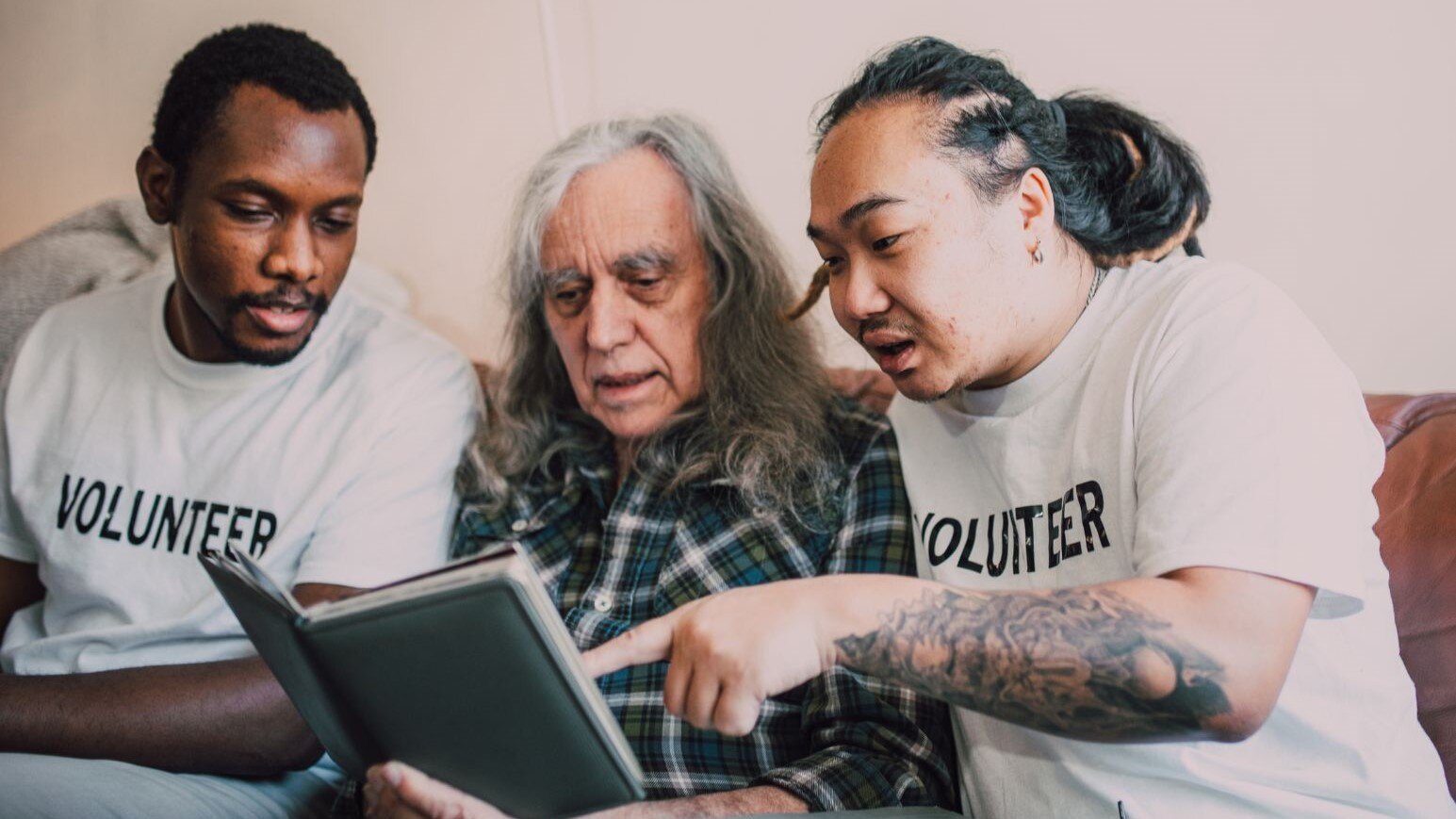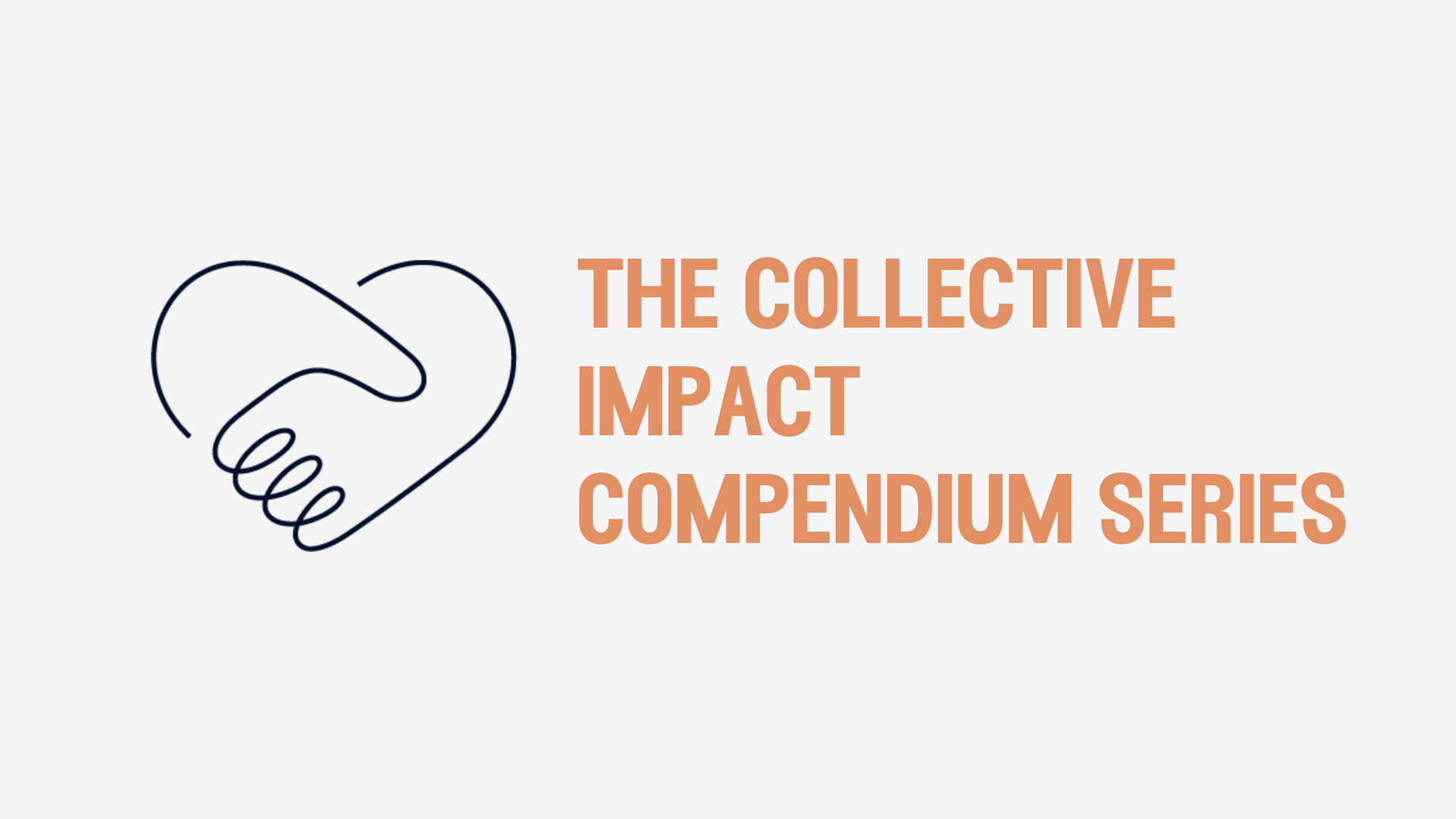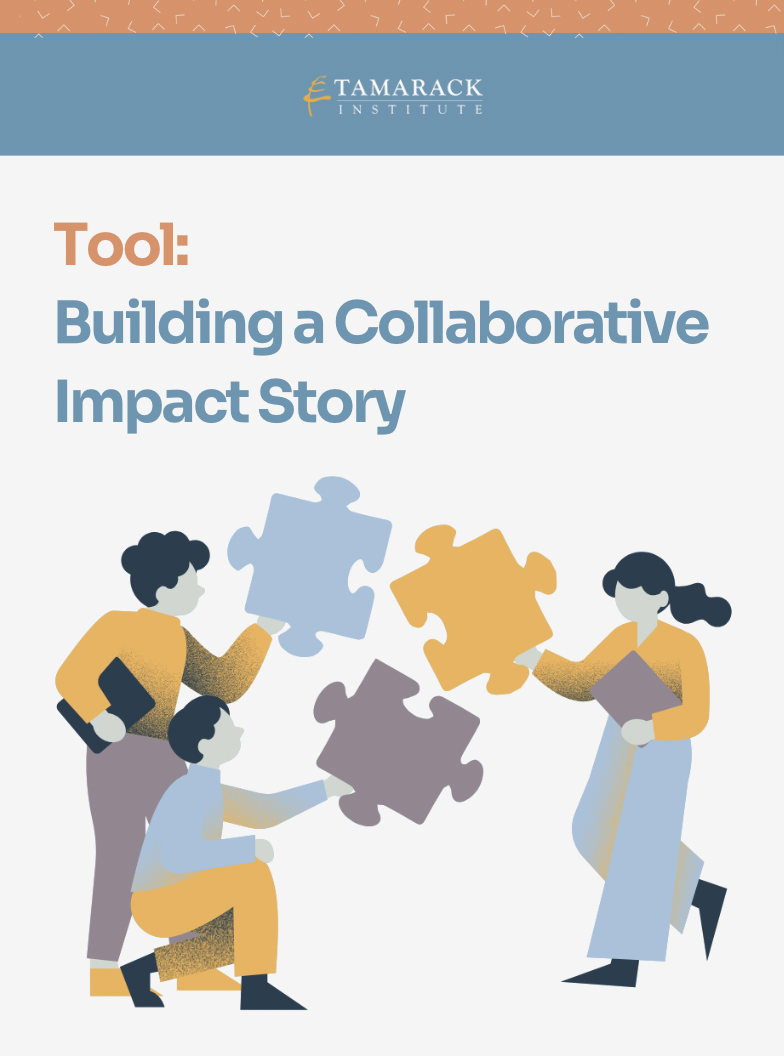The Tamarack Institute is a registered Canadian charity dedicated to ending poverty in all its forms, for good. We support real people and invest in real communities for long-term change.
CONFLICT NAVIGATION: a GUIDE TOWARDS TRANSFORMATION
How to NAVIGATE AND TRANSFORM CONFLICT
By YAS HASSEN
This tool developed by Tamarack’s Learning Centre is designed to help you build a responsive strategic and inclusive approach to conflict transformation, drawing on proven methods and lessons learned from community practice. Download the PDF version of this guide to access interactive worksheets.
understanding conflict
Conflict can be defined as a serious disagreement or argument arising from incompatible or opposing interests, needs, desires, or values. It involves a situation where one party perceives that its interests are being opposed or negatively affected by another party. Conflict can manifest in various forms from internal to systemic but is typically characterized by efforts to assert one's position over another and can involve emotional, psychological, and/or physical manifestations.
Common Causes of Conflict
Understanding the root causes of conflict is essential for effective conflict transformation. Common causes include:
- Unmet Needs: Frustration from unfulfilled desires or needs, whether emotional, social, or economic.
- Miscommunication: Misunderstandings or poor communication leading to disputes.
- Power Imbalances: Struggles for control or dominance in various contexts.
- Resource Scarcity: Competition for limited resources like money, land, or energy.
- Differing Values: Clashes over beliefs, ethics, or ideologies.
- Structural Incompatibilities: When parts of a system don’t work well together or are misaligned, causing problems or inefficiencies.
- Differing Objectives: Varied goals and priorities among system components or parties.
- External Pressures: Influences from outside the system, such as economic shifts, regulatory changes, or technological advancements.
Categories of Conflict
Understanding these categories and how they show in your context is crucial for addressing conflicts effectively. Each level of conflict requires a tailored approach that considers its unique characteristics and the context in which it occurs.
.png?width=1024&height=768&name=Conflict%20(3).png)
Key Differences Between Approaches to Conflict Navigation

What is Conflict Transformation?
Conflict Transformation is an approach to addressing conflicts that goes beyond merely resolving immediate disputes. It seeks to change the underlying social structures, relationships, and dynamics that give rise to conflict. This process involves ongoing (un)learning and relearning how conflicts are understood and managed. This approach requires a mindset shift that focuses on an ongoing, reflective process that prioritizes people's needs while transforming attitudes, behaviors, and social systems to create meaningful and holistic repair at individual, community, and/or societal levels.
Conflict transformation goes beyond resolving immediate issues to addressing deeper causes and fostering long-term change. This approach has deep roots in Black, Indigenous, and Racialized communities, drawing from traditional, cultural, and community-centered practices. It emphasizes the need for systemic change and recognizes the importance of building trust among all parties involved.
Download the PDF version of this guide to access interactive worksheets.

Three key mindset shifts include:
- Seeing Beyond Immediate Issues: In the heat of conflict, it's easy to become consumed by the immediate issues demanding quick solutions. However, a transformational approach requires us to develop the capacity to see these immediate situations as windows into deeper, underlying causes. Just as we look through a window to see what lies beyond, we should look through immediate issues to uncover the relational context and root causes of conflict. This involves recognizing the difference between the content of a conflict and its emotional and relational backdrop. By doing so, we can address not just the surface problems but also the deeper dynamics that fuel conflict.
- Balancing Short-Term and Long-Term Perspectives: One of the key challenges in conflict transformation is integrating multiple time frames. While short-term responses are often necessary, they should not constrain our vision for long-term change. Effective leaders must balance addressing immediate issues with fostering broader, enduring relationship patterns. This requires creating strategies that cater to both immediate and future needs, ensuring that our interventions are sustainable and promote lasting transformation. Understanding which processes and time frames are appropriate for different situations is crucial for this balanced approach.
- Shifting from Either/Or to Both/And: Transformational leadership involves reframing conflicts from an either/or perspective to a both/and mindset. In complex conflict scenarios, decisions often seem to involve outright contradictions. For instance, during the humanitarian crisis in Somalia in the early 1990s, we faced the dilemma of providing aid, knowing it might be exploited by armed groups, versus not providing aid and worsening the humanitarian plight. By reframing our approach to consider humanitarian aid and building peace simultaneously, we opened up new avenues for action. This shift allows us to handle complexity more effectively and pursue multiple interdependent goals.
Use the reflection worksheet on the PDF version of this guide for the remaining sections and interactive forms you can fill out for your convenience.
Do you want to work with the author of this guide? Learn more about Yas Hassen here.





